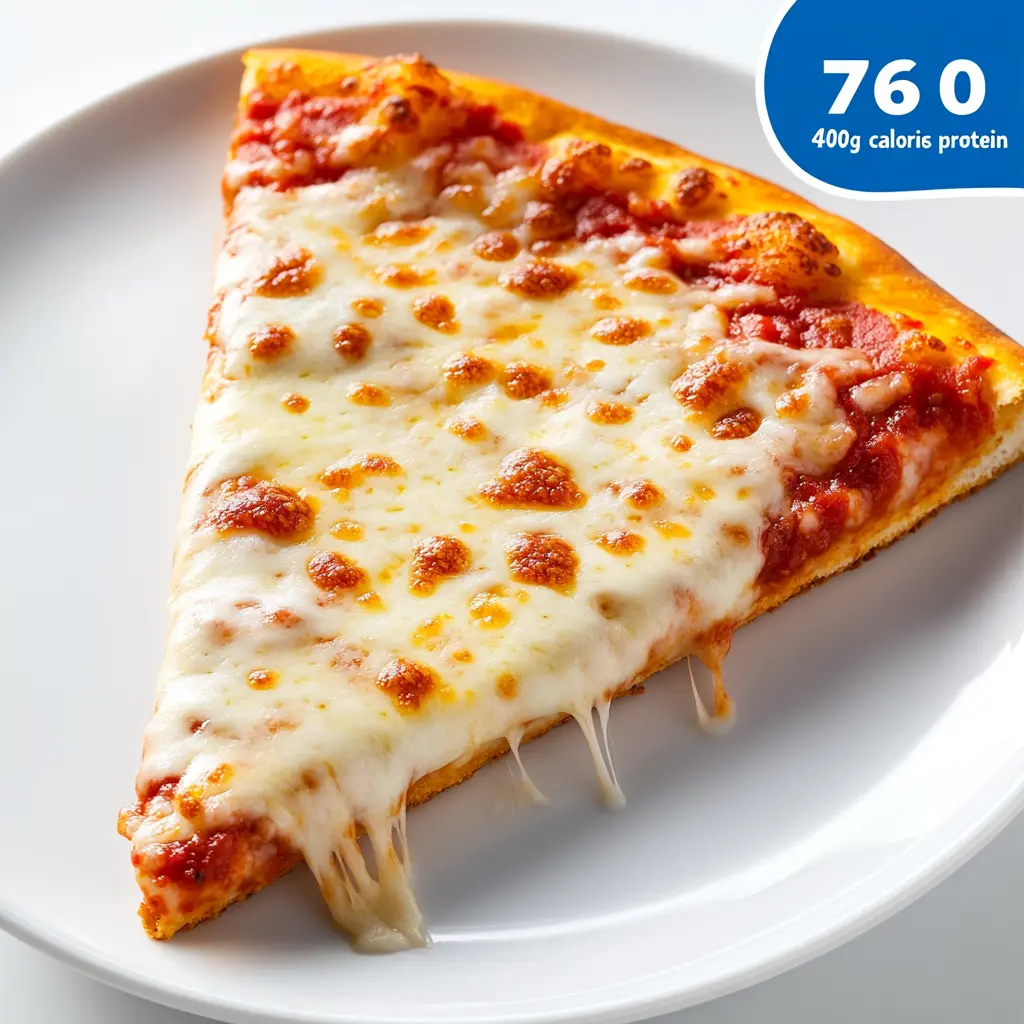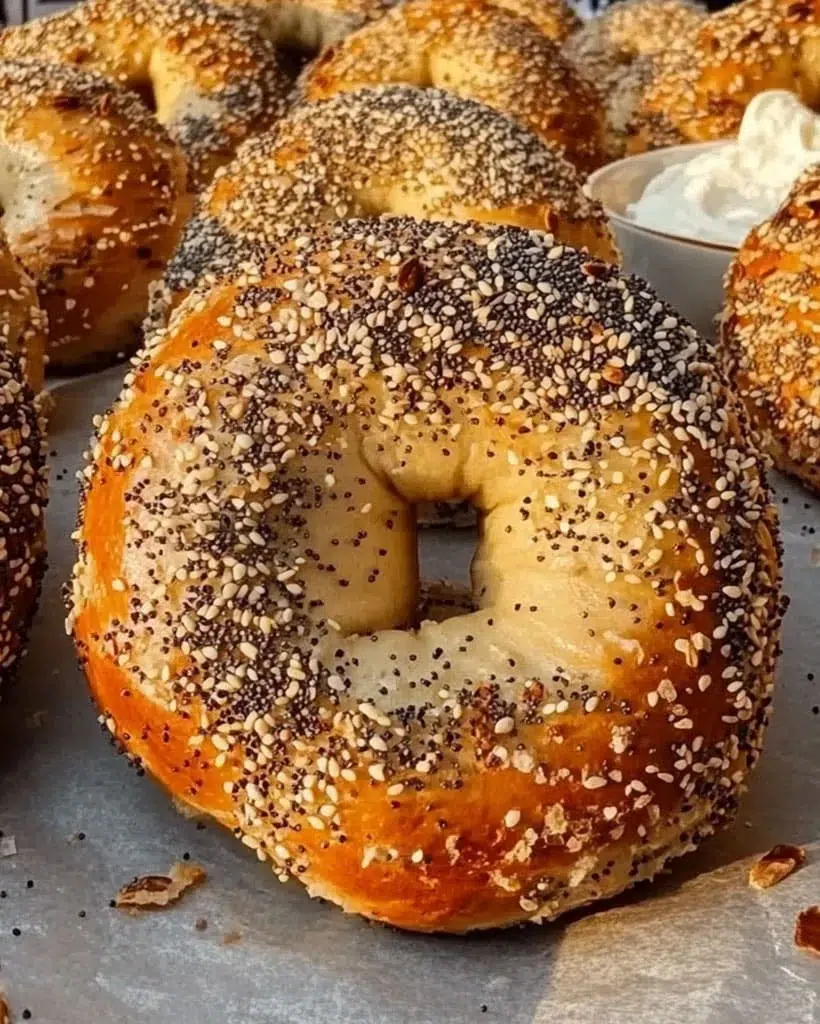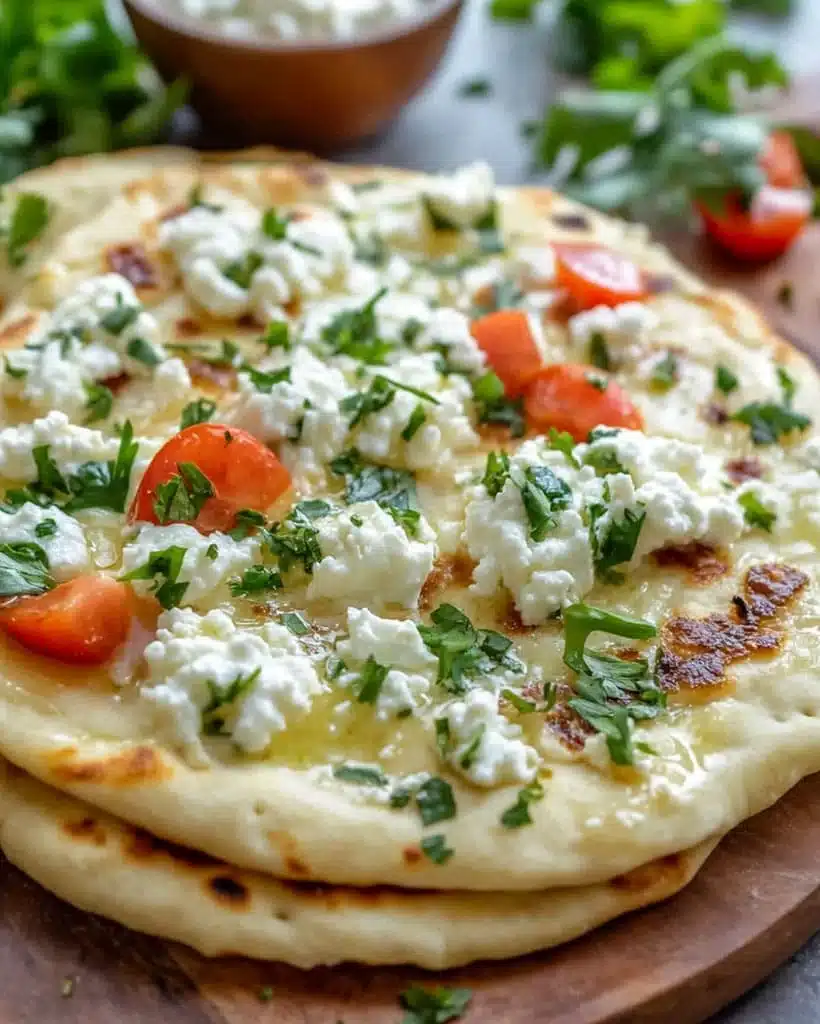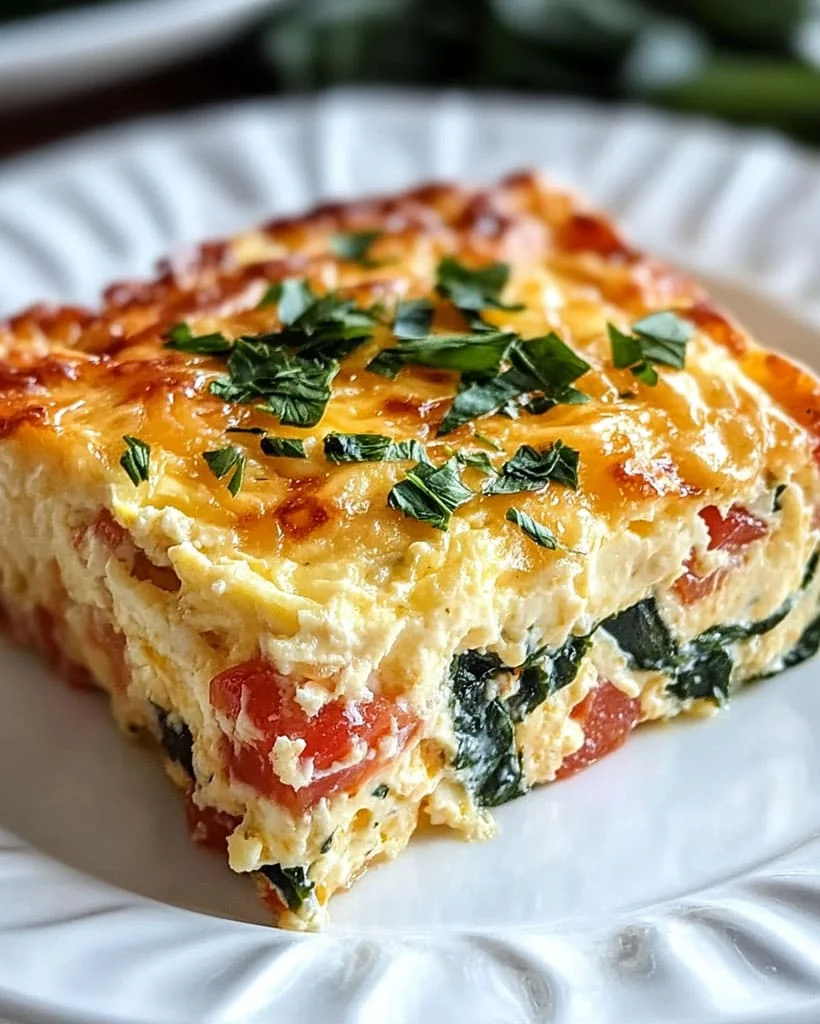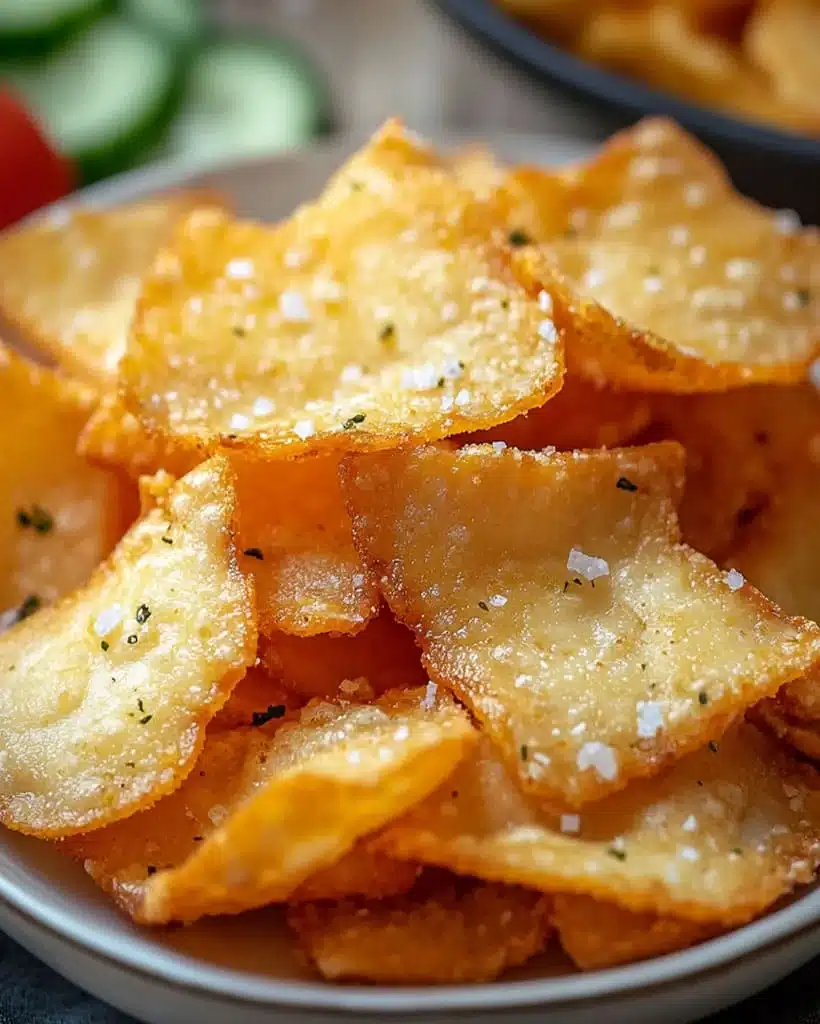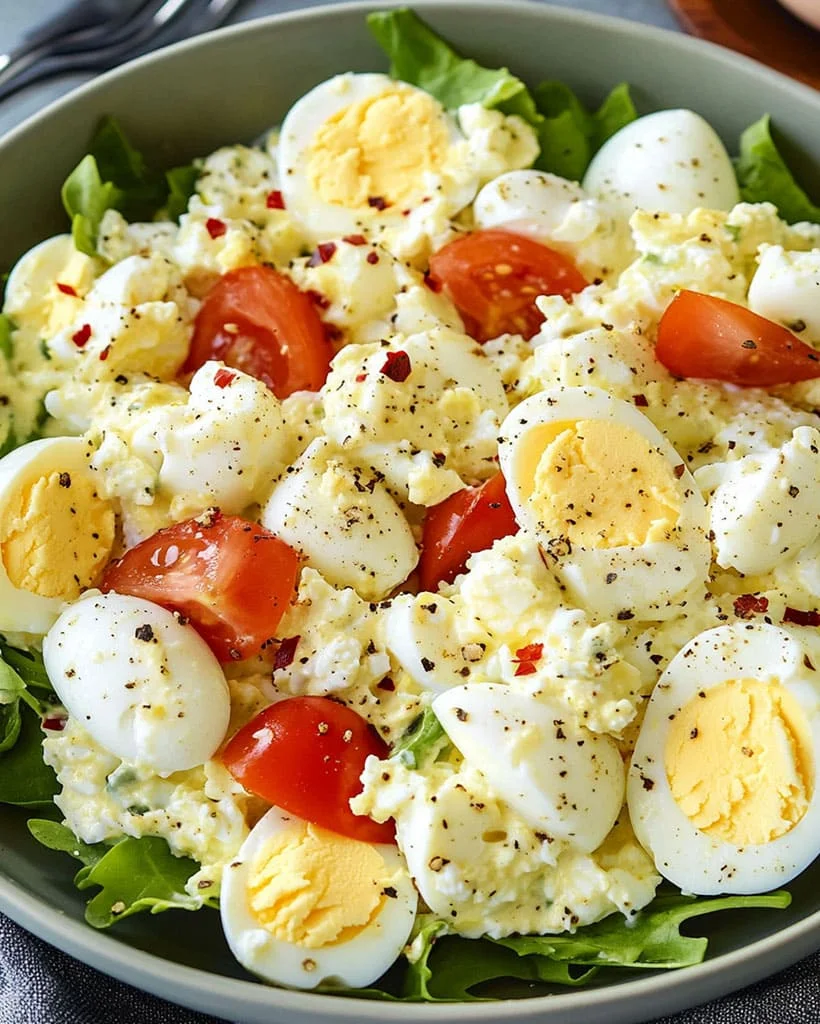Reading Time: 12 minutes
Who this article is for: Costco members watching their nutrition, fitness enthusiasts tracking macros, meal planners, and anyone curious about the nutritional profile of Costco’s popular food court pizza.
Table of Contents
Introduction
Let’s be honest – who can resist those massive, cheesy slices of Costco pizza after a long shopping trip? I know I can’t! But if you’re watching your waistline or tracking what you eat, you’ve probably wondered about the Costco pizza nutrition facts hiding in each delicious bite.
I’ve been there too! As someone who loves Costco pizza but also tries to stay mindful about nutrition, I decided to dig into the real numbers behind everyone’s favorite warehouse treat.
In this guide to Costco pizza nutrition, I’m sharing everything I’ve discovered about their classic cheese to pepperoni and that loaded combo some of us still miss. I’ll walk you through exactly what’s in each slice, how it fits into your daily eating, and my personal tricks for enjoying Costco pizza without completely blowing your diet (because life’s too short not to enjoy pizza, right?).
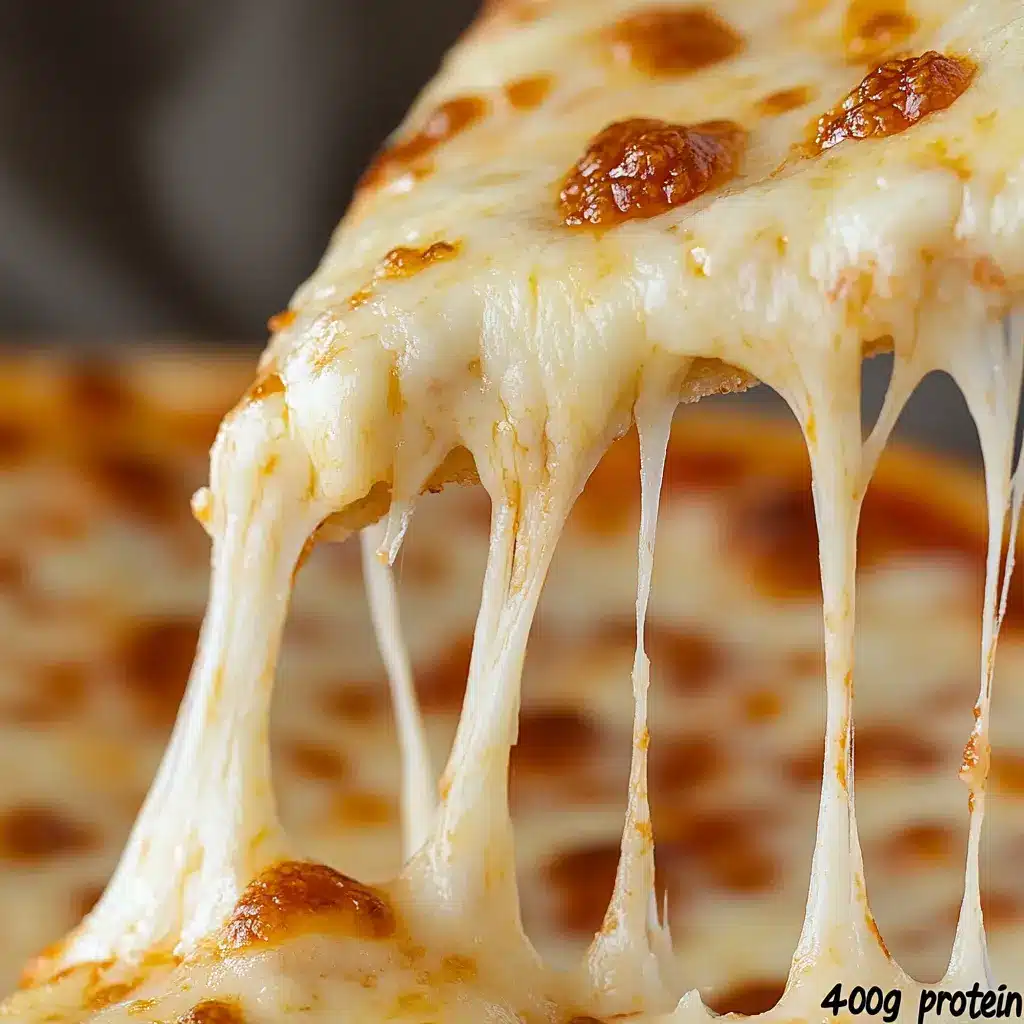
Why You’ll Love This Guide
Look, there are plenty of articles out there with basic nutrition info, but here’s why this guide is different:
- Complete Nutritional Profile: I’ve double-checked these Costco pizza nutrition numbers directly with Costco’s latest data, covering calories, protein, carbs, fat, and more
- Beyond Just Calories: Because good nutrition isn’t just about calories! I break down the protein (surprisingly high!), carbs, fat, and yes, that sodium content you might want to know about
- Comparative Analysis: See exactly how Costco pizza nutrition stacks up against other chains (spoiler: it’s not as bad as you might think per ounce!)
- Real-Life Solutions: Actual strategies I use myself to enjoy that Costco slice while maintaining balanced nutrition
- Fresh Info: All nutritional data updated for 2025 (because nutrition facts do change, and outdated info helps nobody)
Reader Success Story: “I’m a fitness coach who occasionally enjoys Costco pizza. This guide helped me understand how to incorporate it into my clients’ meal plans without derailing their progress. The protein content was a welcome surprise!” — James T., Certified Personal Trainer
Complete Nutritional Breakdown
OK, let’s talk about those gloriously giant slices! Costco’s food court pizza isn’t just famous for being delicious – it’s known for those massive portions that feel like you’re getting half a pizza for the price of a regular slice. Amazing for your wallet? Absolutely! A bit intimidating for your nutrition tracking app? Well… let’s dive into the complete Costco pizza nutrition profile of each variety:
Cheese Pizza
| Nutritional Element | Per Slice (1/8 of 18″) | Whole Pizza (18″) |
|---|---|---|
| Calories | 760 | 6,080 |
| Total Fat | 26g | 208g |
| Saturated Fat | 12g | 96g |
| Carbohydrates | 94g | 752g |
| Protein | 40g | 320g |
| Sodium | 1,540mg | 12,320mg |
| Fiber | 6g | 48g |
| Sugar | 9g | 72g |
Whoa! That cheese pizza is packing 760 calories per slice – that’s around 38% of what many people aim for in a whole day (based on a 2,000-calorie diet). But here’s the impressive nutritional surprise – each slice also delivers a whopping 40g of protein! That’s about as much as a chicken breast and a half. Turns out Costco isn’t skimping on that mozzarella (which explains why it’s so darn stretchy and delicious).

Pepperoni Pizza
| Nutritional Element | Per Slice (1/8 of 18″) | Whole Pizza (18″) |
|---|---|---|
| Calories | 850 | 6,800 |
| Total Fat | 36g | 288g |
| Saturated Fat | 15g | 120g |
| Carbohydrates | 92g | 736g |
| Protein | 44g | 352g |
| Sodium | 1,890mg | 15,120mg |
| Fiber | 6g | 48g |
| Sugar | 9g | 72g |
Love pepperoni? (Who doesn’t?) Just know you’re adding about 90 more calories to the party, bringing each slice to a hefty 850 calories. Those little spicy discs contribute an extra 10g of fat – which, let’s be honest, is probably why pepperoni tastes so good! On the nutrition plus side, you get 4 additional grams of protein, bringing the total to 44g per slice. Fair warning though: the sodium shoots up to nearly 1,900mg per slice. That’s about 82% of what you’re supposed to have in an entire day. Worth it? I’ll let you decide (but my occasional pepperoni splurge says “yes”).
For those tracking macros: A pepperoni slice works out to approximately 21% protein, 43% carbs, and 36% fat, making it higher in fat than many traditional “balanced” meals.
Combo Pizza
| Nutritional Element | Per Slice (1/8 of 18″) | Whole Pizza (18″) |
|---|---|---|
| Calories | 810 | 6,480 |
| Total Fat | 32g | 256g |
| Saturated Fat | 13g | 104g |
| Carbohydrates | 93g | 744g |
| Protein | 42g | 336g |
| Sodium | 1,760mg | 14,080mg |
| Fiber | 7g | 56g |
| Sugar | 9g | 72g |
Remember the legendary combo pizza with all those veggies, pepperoni, and sausage? This middle-child option weighed in at about 810 calories per slice. Interestingly, it was actually lower in calories than straight-up pepperoni despite having more toppings! The nutritional benefit here was real: those vegetables actually added nutrients (including an extra gram of fiber) while balancing out some of the calorie density. Clever eating hack!
Moment of silence: Sadly, many Costco locations discontinued the combo pizza during the pandemic and never brought it back. I’m still not over it! Check your local warehouse to see if you’re one of the lucky ones who can still get it.
Comparison with Other Chains
To put Costco pizza nutrition in perspective, let’s compare a slice of Costco cheese pizza to similar offerings from other popular chains. When comparing Costco pizza nutrition with other chains, it’s important to account for the substantial size difference:
| Pizza Chain | Serving Size | Calories | Protein | Carbs | Fat | Notes |
|---|---|---|---|---|---|---|
| Costco | 1 slice (1/8 of 18″) | 760 | 40g | 94g | 26g | Largest slice by weight |
| Pizza Hut | 1 slice (1/8 of 14″ large) | 300 | 14g | 34g | 12g | Less than half the calories of Costco |
| Domino’s | 1 slice (1/8 of 14″ large) | 270 | 11g | 33g | 10g | Similar to Pizza Hut in portion size |
| Papa John’s | 1 slice (1/8 of 14″ large) | 290 | 12g | 35g | 11g | Comparable to other delivery chains |
| Little Caesars | 1 slice (1/8 of 14″ large) | 280 | 12g | 37g | 9g | Budget option with similar nutritional content |
This comparison highlights an important nutritional consideration: Costco pizza calories and macronutrients are significantly higher per slice because their slices are substantially larger than competitors’. By weight, Costco pizza is actually comparable in nutritional density – it’s the generous portion size that drives up the total numbers.
Did you know? On a per-ounce basis, Costco pizza has roughly the same calorie content as most major pizza chains. It’s primarily the massive portion size that contributes to the higher calorie count per slice.
Understanding Portion Sizes
The key to accurately tracking Costco pizza nutrition lies in understanding their unique portion sizes. Examining Costco pizza nutrition requires considering their unique portion sizes, which are significantly larger than most other chains:
- Slice Size: Costco’s 18″ pizza yields 8 slices, each approximately 9″ long at the crust
- Weight Per Slice: Each Costco slice weighs approximately 10.9 oz (310g), roughly twice the weight of a typical pizza chain slice
- Visual Guide: A Costco pizza slice is roughly equivalent to 2-2.5 slices from most delivery chains
- Nutritional Density: Per ounce, Costco pizza has approximately 2.5 calories per gram, comparable to other commercial pizzas
This size difference explains why Costco pizza nutrition numbers appear high at first glance. When adjusted for weight, Costco pizza is comparable to other options in terms of nutritional density, though their enormous slice size means you’re consuming more overall nutrients (both macro and micronutrients).
Expert Tips for Nutritional Management
Costco pizza nutrition doesn’t have to derail your dietary goals. Here are expert strategies for enjoying this food court favorite more mindfully:
Portion Control Strategies
- Share a slice: Split one slice with a friend or family member
- Half now, half later: Eat half a slice and save the rest for another meal
- Remove excess oil: Blot the pizza with a napkin to remove some surface oil, potentially saving 30-50 calories per slice
- Cut smaller pieces: Psychologically, eating several small pieces feels more satisfying than one large piece
Balancing Your Meal
- Start with salad: Begin your meal with a side salad to increase fullness before pizza
- Hydrate first: Drink a full glass of water before eating to enhance satiety
- Plan ahead: If you know you’ll be having Costco pizza, adjust your earlier meals accordingly
- Add vegetables: Add a side of vegetables to increase nutritional value without many additional calories
For weight watchers: Half a slice of Costco cheese pizza (380 calories) paired with a side salad can make a satisfying meal while keeping calories in check.
Healthier Choices at the Food Court
While Costco pizza nutrition numbers are considerable, the food court does offer some lower-calorie alternatives:
- Acai bowl: 330 calories with fruit and granola toppings
- Chicken Caesar salad: 650 calories (request dressing on the side to reduce calories)
- Al Pastor salad: 590 calories with mixed greens and seasoned chicken
- Turkey and provolone sandwich: 740 calories, similar to a pizza slice but with more protein and less fat
Beyond Calories
Beyond just Costco pizza calories, it’s important to understand the complete nutritional profile of these food court favorites. Let’s look at the full picture:
Protein-to-Calorie Ratio
One of the most impressive aspects of Costco pizza nutrition is the high protein content across all varieties:
| Pizza Type | Calories | Protein | Protein-to-Calorie Ratio |
|---|---|---|---|
| Cheese | 760 | 40g | 5.3% |
| Pepperoni | 850 | 44g | 5.2% |
| Combo | 810 | 42g | 5.2% |
This protein ratio is higher than many other fast food options, making Costco pizza a somewhat better choice for those looking to maximize protein intake.
Macronutrient Distribution
Understanding how Costco pizza nutrition breaks down by macronutrients helps you see how it fits into your diet:
| Pizza Type | Calories from Protein | Calories from Carbs | Calories from Fat |
|---|---|---|---|
| Cheese | 160 (21%) | 376 (49%) | 234 (30%) |
| Pepperoni | 176 (21%) | 368 (43%) | 306 (36%) |
| Combo | 168 (21%) | 372 (46%) | 270 (33%) |
This distribution reveals that all Costco pizza varieties derive about 21% of their calories from protein, with the rest coming from a mix of carbohydrates and fats. The pepperoni version, unsurprisingly, has the highest fat percentage.
For fitness enthusiasts: The high protein content in Costco pizza makes it a surprisingly decent post-workout option when you need both protein and carbs for recovery.
Micronutrient Profile
Costco pizza nutrition extends beyond macros to include several important vitamins and minerals:
| Nutrient | Amount Per Slice | % Daily Value | Source |
|---|---|---|---|
| Calcium | ~400mg | ~40% | Primarily from cheese |
| Iron | ~4.5mg | ~25% | Enriched flour, meat toppings |
| Vitamin A | ~150mcg | ~15-20% | Cheese, tomato sauce |
| Vitamin C | ~9mg | ~10-15% | Tomato sauce, vegetables |
| Vitamin D | ~1.5mcg | ~8% | Cheese |
| Vitamin B12 | ~0.9mcg | ~40% | Cheese, meat toppings |
| Zinc | ~3mg | ~25% | Cheese, meat proteins |
This micronutrient profile shows that Costco pizza does provide meaningful amounts of several essential nutrients, particularly those associated with dairy and protein foods.
Dietary Considerations & Allergen Information
When evaluating Costco pizza nutrition for your specific dietary needs, consider these factors:
- Gluten: Costco pizza contains gluten in the crust (approximately 30g per slice)
- Dairy: All varieties contain significant amounts of dairy (approximately 25g of cheese per slice)
- Vegetarian options: Cheese pizza is suitable for lacto-ovo vegetarians
- Vegan options: No current vegan options are available
- Common allergens: Contains wheat, dairy, and (depending on variety) may contain soy and meat products
- Sodium levels: High sodium content (1,540-1,890mg per slice) may be a concern for those on sodium-restricted diets
- Carbohydrate impact: The high carb content (92-94g per slice) makes it challenging for low-carb or keto diets
Storage and Preservation
Given the substantial Costco pizza nutrition content per slice, you might want to save some for later. When storing leftover slices, you’ll be glad to know that Costco pizza nutrition values remain relatively stable when properly refrigerated. Here’s how to properly store and reheat your Costco pizza while preserving its nutritional quality:
Refrigeration
- Store in an airtight container or wrapped tightly in aluminum foil
- Consume within 3-4 days for optimal freshness, food safety, and nutritional retention
- Separate stacked slices with parchment paper to prevent sticking
Freezing
- Wrap individual slices tightly in plastic wrap, then aluminum foil
- Place in freezer bags with air removed
- Frozen Costco pizza maintains good nutritional quality for up to 2 months
- Label with the date to track freshness
- Minimal nutrient loss occurs during freezing, though texture may change slightly
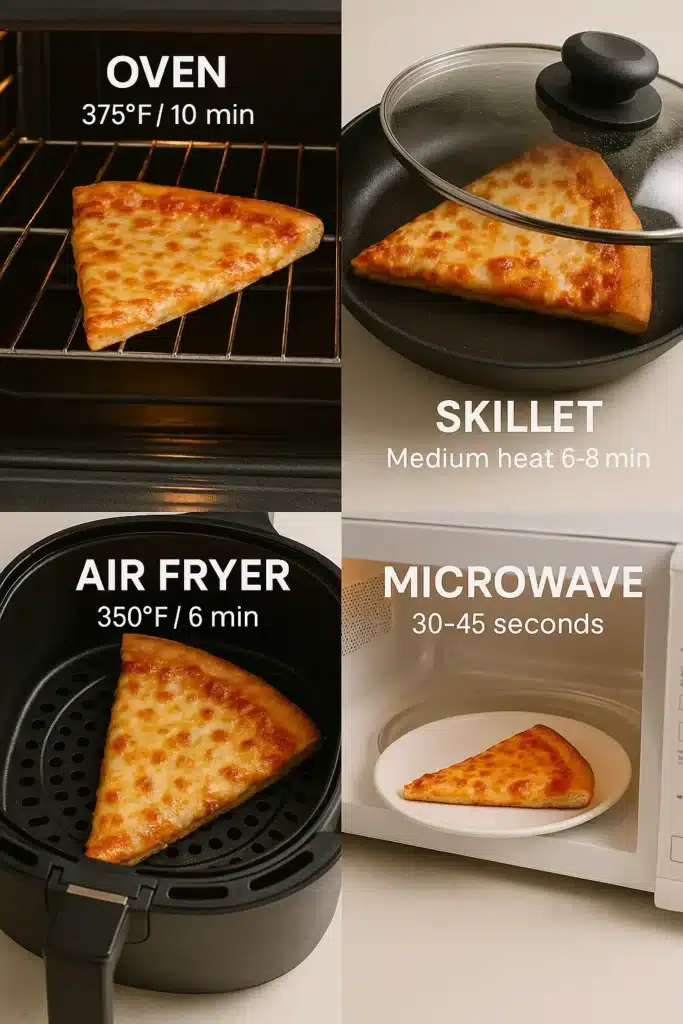
Reheating for Best Texture & Nutrition Retention
- Oven method: Preheat to 375°F, place directly on rack for 8-10 minutes. This method preserves most nutrients while restoring the crispy crust
- Skillet method: Heat on medium-low in a covered non-stick skillet for 4-5 minutes. Provides excellent texture with minimal nutrient loss
- Air fryer: 350°F for 3-4 minutes for a perfectly crispy crust and good nutrient preservation
- Microwave (quick option): 30-45 seconds, though crust will be softer. While fastest, this method can reduce some nutrient content through uneven heating
{{VIDEO: Demonstration of the best methods to reheat Costco pizza while preserving nutritional value}}
Reader Tip: “I freeze half slices of Costco pizza individually for quick pre-gym meals. The protein and carbs are perfect for fueling workouts, and I don’t feel guilty about the smaller portion.” — Alex M., Marathon Runner
Frequently Asked Questions
What is the complete nutritional breakdown of a Costco pizza?
A complete 18″ Costco cheese pizza contains approximately 6,080 calories, 320g protein, 752g carbohydrates, and 208g fat, divided into 8 slices. The pepperoni pizza provides about 6,800 calories, 352g protein, 736g carbohydrates, and 288g fat, while the combo pizza (where available) offers approximately 6,480 calories, 336g protein, 744g carbohydrates, and 256g fat.
What is the nutrition content of one slice of Costco cheese pizza?
One slice of Costco cheese pizza contains 760 calories, 40g protein, 94g carbohydrates, 26g fat, and 1,540mg sodium. This represents 1/8 of their standard 18″ pizza and is substantially larger than typical pizza chain slices, delivering a higher nutrient density across the board.
Is Costco pizza nutritious despite being high in calories?
Costco pizza has a mixed nutritional profile. While high in calories (760-850 per slice), it delivers substantial protein (40-44g per slice) and provides significant amounts of calcium (40% DV), iron (25% DV), and B vitamins. However, it’s also high in sodium (1,540-1,890mg) and saturated fat (12-15g). The exceptionally large portion size is the primary factor in its high calorie content—each slice is roughly equivalent to 2-2.5 slices from typical delivery chains. When adjusted for weight, the nutritional density is comparable to other commercial pizzas.
How does the protein content in Costco pizza compare to other protein sources?
Costco pizza is surprisingly high in protein. One slice of cheese pizza contains approximately 40g of protein, while pepperoni offers 44g and combo pizza provides 42g per slice. For comparison, this is equivalent to:
- 6-7 ounces of grilled chicken breast (35-42g protein)
- A 6-ounce steak (42g protein)
- 6 large eggs (36g protein)
- 1.5 cups of Greek yogurt (36g protein)
This high protein content comes from the generous cheese and meat toppings. While this makes Costco pizza a good option for meeting protein needs, the accompanying high calorie, sodium, and fat content should be considered when evaluating its overall nutritional value.
How can I incorporate Costco pizza into a balanced nutrition plan?
Yes, you can include Costco pizza in a balanced diet with thoughtful planning. Consider these approaches based on your nutritional goals:
- For calorie management: Eat half a slice (380-425 calories) with a side salad, or share a slice with a friend
- For high-protein diets: A full slice can provide a significant portion of daily protein needs (40-44g), but balance with lower-fat foods throughout the day
- For balanced macros: Pair half a slice with additional vegetables and lean protein to create a more balanced macronutrient distribution
- For lower sodium diets: Cheese has the lowest sodium (1,540mg vs. 1,890mg for pepperoni), and consider eating just 1/3 of a slice to keep sodium reasonable
- For meal planning: If you know you’ll be having Costco pizza, adjust your earlier and later meals to complement its high calorie, protein, and carbohydrate content
The key is understanding Costco pizza nutrition facts and planning accordingly rather than treating it as a standalone meal.
Is Costco pizza nutrition information available in-store?
Yes, Costco provides nutrition information for their food court items upon request. You can ask a food court employee for the complete Costco pizza nutrition facts, or find them on Costco’s website. Some locations also post nutrition information on signs near the food court area, though this practice varies by warehouse.
How do Costco pizza nutrition values compare by toppings?
When comparing Costco pizza nutrition by toppings, the cheese option provides the lowest calories (760) and fat (26g), while delivering an impressive 40g of protein. The pepperoni variant has the highest caloric content (850) and fat (36g), but also offers the most protein (44g). The combo pizza falls in between with 810 calories, 32g fat, and 42g protein, while providing the most fiber (7g vs 6g in other varieties) due to its vegetable toppings. All Costco pizza varieties contain similar carbohydrate content (92-94g per slice).
Has Costco pizza nutrition information changed over time?
Yes, Costco has adjusted their pizza recipe and nutrition content over the years. According to comparative data, the current Costco pizza nutrition profile shows slight reductions in sodium content compared to 2020 formulations, while maintaining similar caloric values. The protein content has increased slightly (approximately 2-3g per slice) since 2022, suggesting potential recipe adjustments to cheese quantity or quality. These changes reflect ongoing food development efforts to balance taste preferences with nutrition considerations.
Conclusion
There you have it – the complete nutritional breakdown of Costco pizza! With 760-850 calories, 40-44g protein, and a substantial amount of carbs and fats per slice, this food court favorite delivers a significant nutritional punch in both positive and challenging ways.
What I hope this guide gives you is the knowledge to make informed choices about how Costco pizza fits into your overall nutrition plan. Understanding the complete nutritional profile—not just calories—helps you see both the benefits (surprisingly high protein, good calcium and iron) and the considerations (high sodium, substantial fat content).
Armed with this comprehensive Costco pizza nutrition guide, you can make informed choices about how to incorporate this popular food court item into your diet. The beauty of nutritional knowledge is that it empowers rather than restricts. Maybe for you, that means enjoying half a slice alongside a salad to balance macros. Perhaps it means savoring a whole slice after an intense workout when your body needs those extra calories and protein. Or maybe it’s simply enjoying the occasional full Costco pizza experience while adjusting your nutrition for the rest of the day.
How do YOU incorporate Costco pizza into your balanced eating plan? Have you found clever ways to maximize the nutritional benefits while managing the caloric impact? I’d love to hear your experiences in the comments below!
